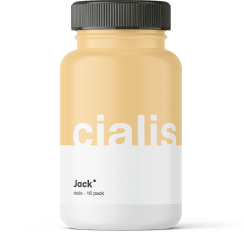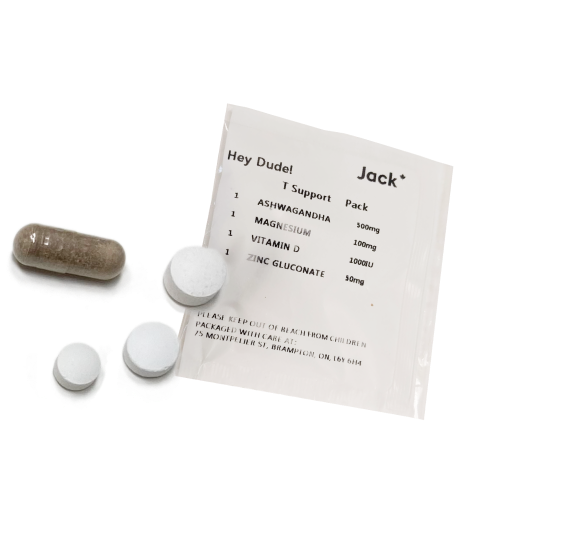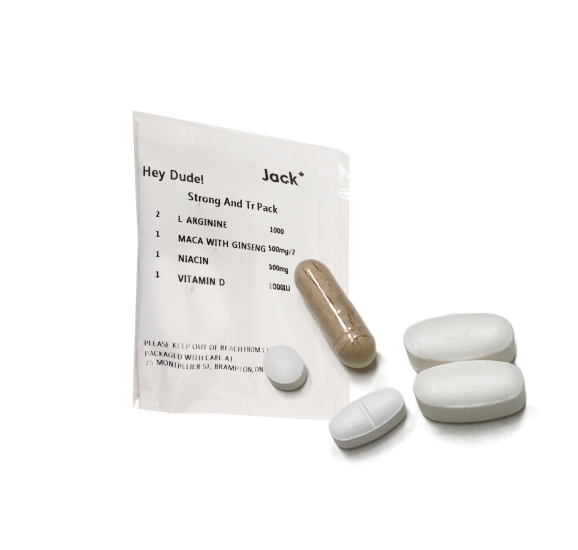TRT helps you feel like yourself again. Finasteride helps you keep your hair.
But what happens when you combine the two?
If you’re using testosterone replacement therapy (TRT) and also taking finasteride for hair loss, you’re probably wondering how they interact. Does one cancel out the other? Can finasteride tank your testosterone—or worse, mess with your results?
Here’s the short answer: Finasteride affects DHT, not testosterone directly, so it won’t stop TRT from working. But it can complicate hormonal balance in TRT patients, which means you need to monitor your levels carefully.
Think of TRT and finasteride like two gears in a machine—one boosts testosterone, the other blocks DHT, but they must work together carefully.
Let’s break down exactly how they interact, what the science says, and how to protect your hair and your hormones.
What Happens When You Take Finasteride While on TRT?
TRT boosts testosterone to improve energy, mood, libido, and overall vitality. Finasteride, a 5-alpha reductase inhibitor, works by inhibiting the conversion of testosterone to DHT, the hormone behind male pattern hair loss.
Because it affects DHT, not testosterone directly, finasteride does not lower total testosterone levels. In fact, it can increase circulating testosterone slightly. However, this hormonal shift can alter estrogen: testosterone ratios, occasionally causing mood changes or reduced libido.
A randomized, double-blind study found that men using finasteride 1 mg/day with TRT experienced greater hair growth than those on finasteride alone, without lowering testosterone. The combo was especially effective for men with hypogonadism.
Most men tolerate the combination well, especially when monitored properly. Finasteride is compatible with TRT in monitored cases, but should be used cautiously with TRT. Regular hormone checks are crucial for maintaining a balance of DHT, testosterone, and estrogen, and minimizing side effects.
How Does Finasteride Work in the Body?
Finasteride isn’t a testosterone suppressant. It’s a selective 5α-reductase inhibitor, meaning it blocks the enzyme that converts testosterone into DHT—the potent androgen that shrinks hair follicles and leads to male-pattern baldness.
By inhibiting this conversion, finasteride helps hair follicles grow longer and thicker. It also slightly increases circulating testosterone, as less is being converted into DHT.
Clinical evidence confirms this effect: oral finasteride 1 mg per day reduces serum DHT by about 65–70%. At the same time, testosterone levels remain stable or rise slightly, demonstrating its targeted action on DHT without suppressing testosterone.
What is the Long-Term Effect of Finasteride?
Long-term finasteride use continues to inhibit the conversion of testosterone to DHT, leading to sustained hair retention and regrowth. Most users tolerate it well, but a small percentage experience side effects such as mood changes, reduced libido, or fatigue, especially when hormone levels aren’t regularly checked.
A 5‑year, multinational study of 1 mg/day finasteride in men with male-pattern baldness showed durable improvements in scalp hair growth versus placebo, with no new safety concerns over time. Importantly, when used alongside TRT, some men still reported perceived low-T symptoms, which were often linked to unmonitored hormonal shifts.
That’s why finasteride should be discussed with an endocrinologist, not self-prescribed. Regular monitoring ensures you get the hair benefits while minimizing the chance of hormonal side effects.
Side Effects of Finasteride on Male Hormones
Finasteride may cause hormone-related side effects, most commonly decreased libido, erectile dysfunction (ED), and mood changes. These stem from DHT suppression, not a drop in testosterone—finasteride doesn’t lower total testosterone and is often misunderstood in this regard.
Large clinical trials show that less than 2% of men report new sexual side effects, which typically resolve over time. By year five, rates drop to ≤0.3%, often mirroring placebo outcomes (Kaufman et al., 2002).
That said, smaller studies report persistent symptoms in some users. One study found 94% had low libido and 92% experienced ED months after stopping treatment. Though limited by small size and recall bias, it underscores the need for patient-specific care.
Most men tolerate finasteride well, especially when taken with proper dosing and regular hormone monitoring. For those affected, adjusting or stopping treatment often resolves symptoms while maintaining hair benefits.
How Does Testosterone and TRT Affect the Body?
TRT is commonly prescribed to men with low testosterone levels, often due to aging or underlying medical conditions. It helps restore vitality, boost energy, improve mood, and support sexual health. Unlike natural hormone fluctuations, TRT delivers consistent testosterone levels, avoiding the highs and lows that can leave men feeling drained or unbalanced.
Based on clinical findings, men undergoing TRT reported sustained improvements in libido, energy, and sexual function within just a few months of starting therapy. Increases in total and bioavailable testosterone were significant, and patients consistently noted enhanced focus and overall well-being, which highlights TRT’s effectiveness in restoring vitality for men with testosterone deficiency
While TRT can be life-changing, it should be used cautiously alongside finasteride, especially without regular hormone monitoring. Balancing testosterone, DHT, and estrogen is key to avoiding unwanted side effects and getting the best results.
Minoxidil vs. Finasteride for TRT Users: What Works Best?
Oral finasteride and topical minoxidil both promote hair growth, but through different mechanisms. Minoxidil works externally by increasing scalp blood flow. At the same time, finasteride acts internally by inhibiting the conversion of testosterone to DHT, a key driver of hair loss, particularly in men on TRT, where DHT levels are often elevated.
Clinical studies show that oral finasteride outperforms 5% topical minoxidil in increasing hair count and thickness, with a strong safety profile for most users. In a trial involving 450 men, 81% of those using finasteride alone showed hair improvement, compared to 59% of those using minoxidil alone. The combination of both treatments yielded the highest success rate at 94%.
For TRT users, finasteride tends to deliver more noticeable regrowth by directly targeting DHT, while minoxidil helps slow hair loss without affecting hormone levels. Choosing between them depends on your treatment goals and comfort with hormonal adjustments—finasteride offers stronger results, while minoxidil provides a safer, non-hormonal alternative.
Alternatives to Finasteride and TRT
Not every guy wants to take medication, and that’s completely fine. There are effective, non-prescription alternatives to finasteride and testosterone replacement therapy (TRT) that support hair growth and hormone balance naturally.
Saw palmetto, a mild DHT blocker, is a well-known supplement that may help slow hair thinning without affecting hormone levels systemically.
Lifestyle changes, such as improving sleep, incorporating strength training, and reducing stress, can naturally boost testosterone and enhance overall scalp health.
Low-level laser therapy (LLLT) has been shown to increase blood flow to hair follicles and improve hair density with consistent use.
For those who avoid oral medications, topical DHT blockers provide targeted scalp treatment with fewer systemic effects.
The bottom line is that you’ve got options. Whether you’re managing hair loss or low testosterone, there are natural, effective ways to take control of your health, without going straight to medication.
Key Takeaways
- Finasteride affects DHT, not testosterone directly, making it usable with TRT in many cases
- Finasteride is not a testosterone suppressant, but may cause perceived low-T symptoms in rare cases
- TRT and finasteride can be used together safely, but require hormonal monitoring during use
Frequently Asked Questions
Can Finasteride Cause Hormonal Imbalances?
Yes. Finasteride can alter estrogen: testosterone ratios and reduce DHT. This may lead to symptoms like low libido or fatigue in sensitive users.
Is It Safe to Use Finasteride With Testosterone Therapy?
Yes, in most cases. It is compatible with TRT in monitored cases, but should be used under the supervision of a healthcare provider.
Does Finasteride Block the Effects of TRT?
No. It does not lower total testosterone levels, though it lowers DHT. TRT still improves energy, mood, and libido in most users.
Is Hair Loss From TRT Reversible With Finasteride?
Yes. Many TRT users regain hair when they add finasteride. It doesn’t completely reverse genetic hair loss, but it can slow or stop its progression.
Is TRT Legal in Canada?
Yes. TRT is legal and available by prescription from licensed healthcare providers, such as those at Jack Health.
How Small Do Balls Get on TRT?
On average, testicle size may shrink by 17%. This happens because TRT reduces natural testosterone production. Some men notice it more than others.
Is it Healthy to Take TRT?
Yes, for many men with clinically low testosterone. It can improve mood, energy, libido, and bone density, but it should be carefully monitored to avoid side effects.





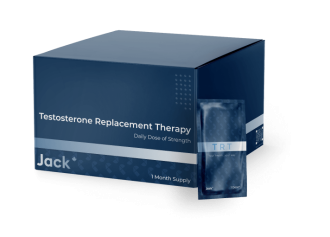
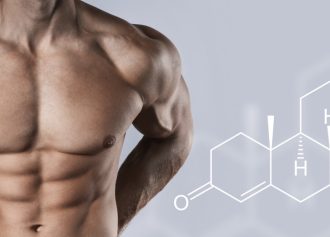
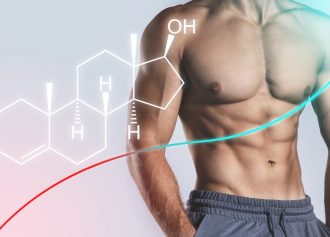






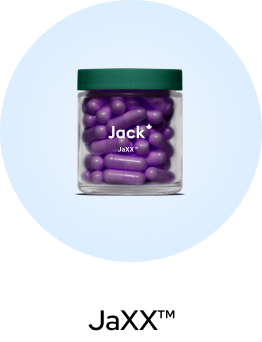
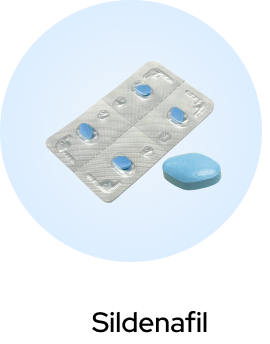
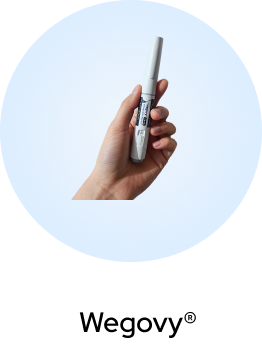
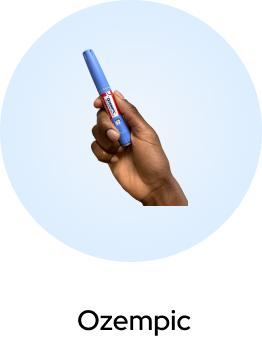


 (US)
(US)